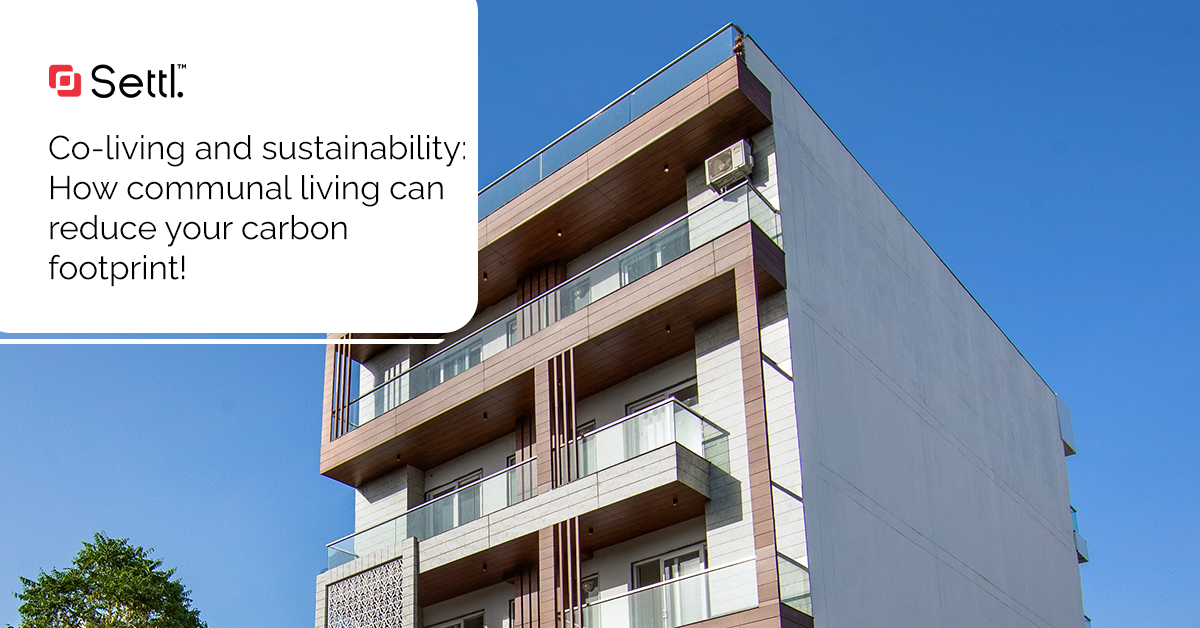In an era where sustainable living is not just a choice but a necessity, exploring innovative housing solutions becomes imperative. Co-living, a modern take on communal living, is emerging as an eco-friendly housing option. Let’s dive deep into how co-living can play a pivotal role in sustainability and reducing our carbon footprint.
1. Shared Resources: The Pillar of Environmental Sustainability: Sustainable Living Benefits through Collective Consumption
When individuals come together in co-living setups, they often share appliances, tools, and even amenities like Wi-Fi or streaming services. This means fewer items are produced, consumed, and eventually discarded. Shared resources for environmental sustainability aren’t just about reducing waste; it’s about reducing the overconsumption that’s driving our planet to its limits.
2. Green Living: The Heart of Modern Co-living Spaces: Embracing Eco-friendly Communal Living
Many co-living communities are now designed with green living in mind. This includes using energy-efficient appliances, installing solar panels, and incorporating green spaces within the community. These sustainable housing solutions not only offer residents a breath of fresh air but significantly reduce the carbon footprint of the community. Co-living and eco-friendly initiatives are increasingly intertwined, ensuring that residents enjoy modern comforts without compromising on sustainability.
3. Collective Efforts: Amplifying Sustainable Practices: The Power of Community in Driving Sustainability
One of the profound environmental benefits of communal living is the collective mindset shift it can foster. When living in shared spaces, it’s easier to implement and adhere to sustainable practices. From community composting and shared recycling initiatives to collectively reducing energy consumption, the power of the community can amplify individual efforts. Collective efforts for sustainability in co-living spaces not only make it feasible but also create a culture of eco-consciousness.
4. A Lifestyle Choice: Making Sustainability Seamless: Sustainable Lifestyle Choices in the Heart of Co-living
Choosing a co-living setup is more than just a housing decision; it’s a lifestyle choice. It promotes sustainable lifestyle choices, be it through carpooling, group purchases from sustainable brands, or even collectively supporting local, eco-friendly businesses. The essence of co-living and eco-conscious living is interlinked, offering residents an opportunity to lead by example.
Conclusion
The growing trend of co-living isn’t just about affordability and community; it’s a beacon for sustainable living. By reducing waste, promoting green living, and driving collective eco-friendly initiatives, co-living spaces are redefining what it means to live sustainably in the modern world. As we grapple with the pressing challenges of climate change, embracing sustainable practices in co-living communities offers a glimmer of hope and showcases a path forward for eco-conscious urban living.







No Comments